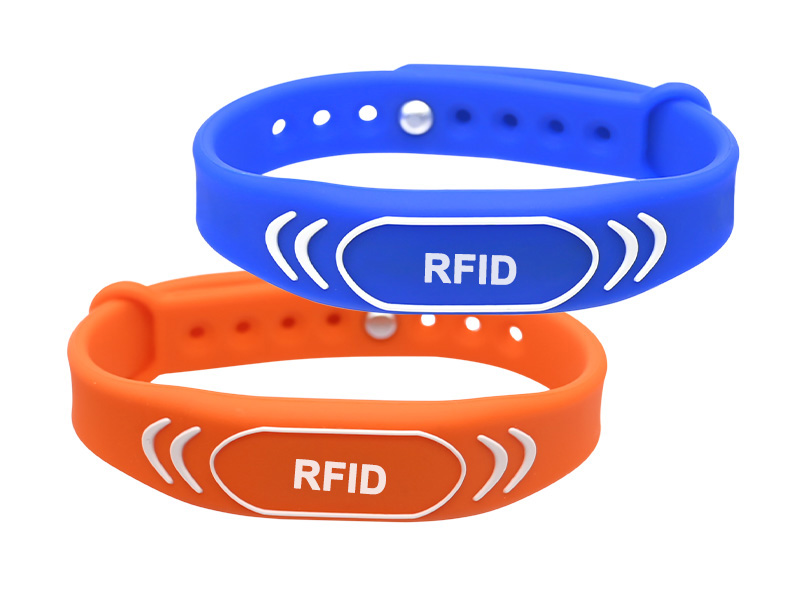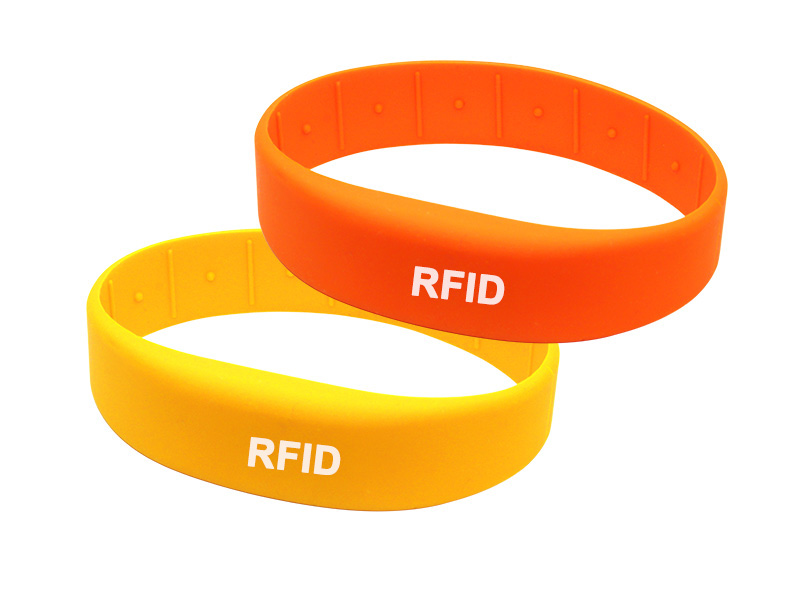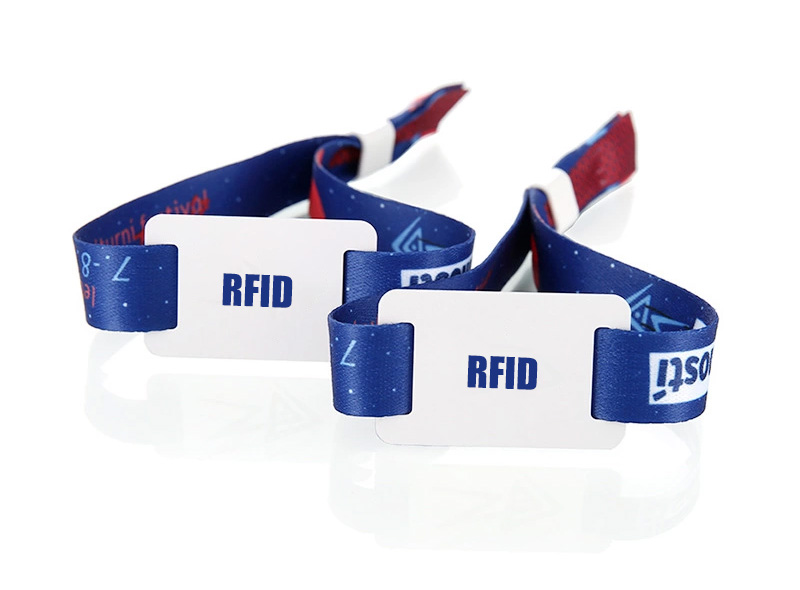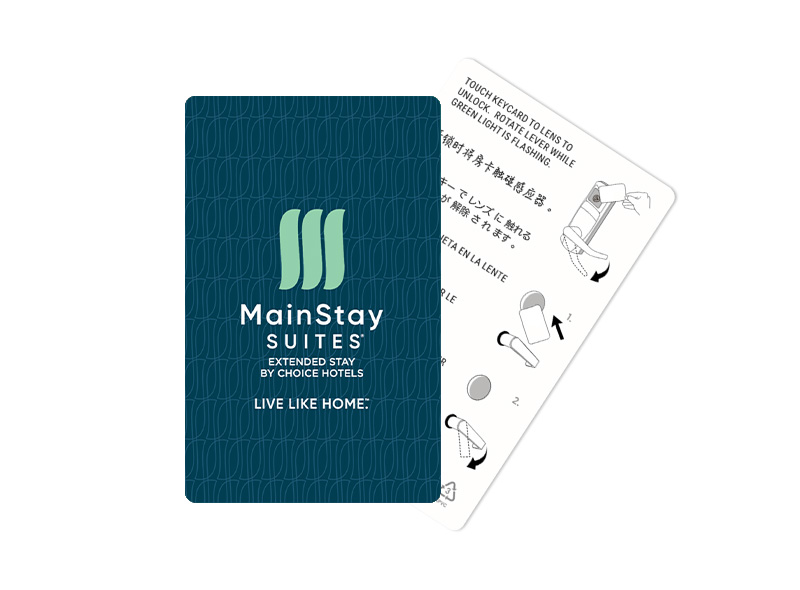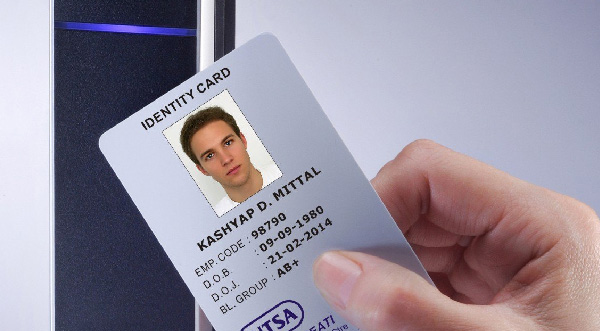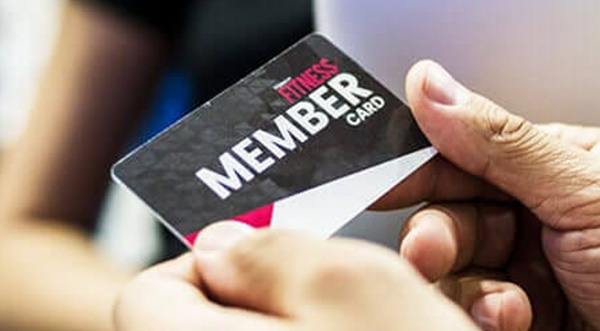In the era of information technology, security and convenience have become the focus of growing concern. Traditional access control systems, such as mechanical locks, combination locks, etc., has been difficult to meet the needs of modern society, RFID access control system as an emerging non-contact automatic identification technology, with its high efficiency, safety, convenience and other advantages, and gradually become the mainstream choice of access control field. In this article, we will analyze the principle, advantages and application scenarios of RFID access control system.

What is RFID access control?
RFID (Radio Frequency Identification) access control is a kind of access control system that utilizes radio frequency technology to manage people's access rights. Compared to traditional mechanical key and password access control systems, RFID access control systems use radio frequency signals for identity verification, improving security and convenience.
In RFID access control systems, users usually use RFID smart cards, RFID keyfobs (such as ABS keyfobs), RFID bracelets and other carriers to verify their identities through card readers, which in turn control the opening and closing of door locks. Such systems are widely used in office buildings, residential neighborhoods, factories, hospitals, schools, gyms and other places.
info-1-1
The working principle and classification of RFID access control system
RFID access control system is mainly composed of the following parts:
RFID tag: it can be a card, keychain or bracelet, containing a unique identification code inside.
RFID reader: installed at the entrance of the access control system, reads the information from the RFID tag.
Access Controller: Responsible for processing the data transmitted by the reader and deciding whether to allow access.
Management Software: Used to manage and monitor access records and configure permissions remotely.
Working Principle
When the person who carries the electronic tag enters the read-write's working range, the read-write will transmit the specific frequency radio frequency signal, after the antenna of the electronic tag receives the radio frequency signal, it will activate the chip and get the energy from it, and then sends the identity information stored in the chip back to the read-write through the antenna, the read-write will transmit the information sent by the electronic tag to the background management system to be decoded and processed after receiving the information sent by the read-write. The backstage management system will receive the information and the database in the authorization information for comparison, if the information matches, then sends the instruction to open the door; If does not match, then refuses to open the door and sends out the alarm.
According to different application requirements, RFID access control system can be divided into the following types:
Stand-alone access control system: does not require networking, applicable to a single access point, simple installation.
Networked access control system: multiple access control points connected through the network, applicable to buildings, campuses or corporate campuses.
Biometrics combined with RFID access control: combines fingerprint and face recognition technologies to improve security.
Mobile device-enabled RFID access control: Combined with NFC or Bluetooth technology to realize cell phone door opening function.
According to the different working frequency, RFID access control system can be divided into the following categories:
Low Frequency (LF): Operating frequency of 125kHz, short recognition distance, low cost, commonly used in access cards, animal identification, etc..
High-frequency (HF): operating frequency of 13.56MHz, recognition distance is moderate, the data transmission rate is faster, commonly used in access control systems, public transportation cards, ID cards, etc..
Ultra-high frequency (UHF): operating frequency of 860 ~ 960MHz, recognition distance, reading speed, but the cost is higher, commonly used in logistics management, warehouse management and other fields.
Key factors to consider when choosing the right RFID access control system
The following factors need to be considered when choosing the right RFID access control system:
Security: whether the system supports encrypted communication, anti-copying technology to prevent illegal copying of cards.
Card reading distance: low frequency (LF) system has a short reading distance, high frequency (HF) moderate, ultra-high frequency (UHF) is suitable for long-distance card reading.
Compatibility: whether compatible with existing security systems, time and attendance systems or other management platforms.
Environmental adaptability: outdoor use needs to be considered waterproof and dustproof capabilities, industrial environments need to have anti-jamming capabilities.
Management functions: whether to support remote management, permission grading, record storage and other functions.
Cost budget: the cost of different levels of the system varies greatly, and needs to be selected according to the budget.
Advantages and disadvantages of RFID access control system
Advantages
Non-contact identification: no physical contact, can complete the identification, convenient and fast, reduce wear and tear, long service life.
High security: the information in the electronic tag is encrypted and difficult to copy and forge, effectively improving the security of the access control system.
Fast recognition speed: the communication speed between the electronic tag and the read-write is extremely fast, can complete the identity recognition in milliseconds level, greatly improving the passage efficiency.
Convenient management: RFID access control system can be integrated with other systems (such as time and attendance system, consumer system, etc.) to realize one card for multiple uses, convenient management.
Easy to integrate: It can be seamlessly integrated with attendance system, monitoring system, etc.
Disadvantages
Higher cost: Compared to traditional key or password access control, the cost of RFID access control system is relatively high.
May be cracked: RFID technology may cause privacy leakage problems, and you need to choose a program with higher encryption technology.
Affected by environment: Environmental factors such as metals and liquids may affect the transmission of RFID signals, leading to identification failure.

